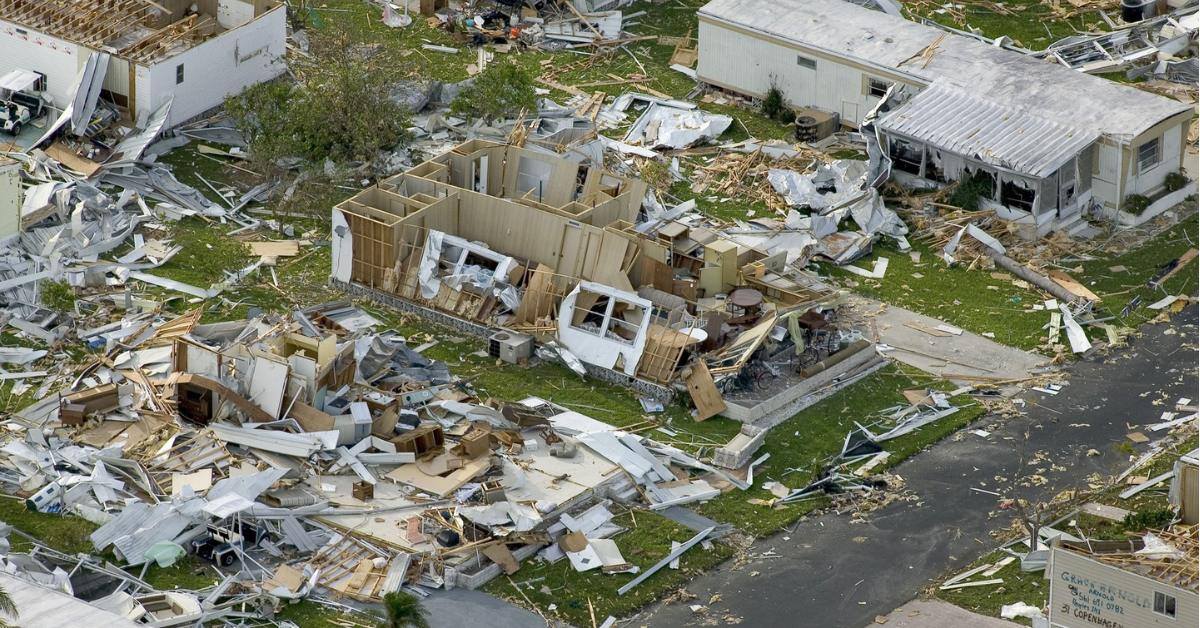
2024 Hurricane Forecast: 6-Point Checklist for Insurance Professionals During Hurricane Season
By Brandon Stokes | Published June 21, 2024
Since 2023, the El Nino Southern Oscillation cycle (or ENSO) has brought devastation to North America. Through unseasonal deep freezes, unexpected atmospheric rivers, and destructive hurricanes the oceans’ cycle is restarting with fresh, cold water from the depths of the sea and mixing with the warmer surface.
Enter Hurricane Season, 2024.
By way of climate.gov, a branch of The National Oceanic and Atmospheric Administration (NOAA), this season is predicted to see an extreme rise in conditions, with some arriving a few months after cycle start, such as:
- Intense changes in global atmospheric circulation
- Temperature changes like extreme desert regions
- Increased precipitation
- Above average ocean surface temps.
2024 NOAA Predictions for Atlantic Hurricane Season:
- 17-25 named storms (39+ mph winds)
- 8-13 will become named hurricanes (74+ mph winds)
- 4-7 major hurricanes (111+ mph winds) in the Atlantic hurricane region
Due to the nature of these anomalies, staying keen on any change will give you the upper hand for expedited recovery if an environmental disaster hits.
6-Point Checklist for Insurance Professionals During Hurricane Season
Note that these are suggestions for claims estimators to consider:
- What can we expect? Modeled hurricane paths are ever-changing! When winds shift suddenly, hurricanes can make landfall anywhere along the coastline even when it is not predicted to pass, causing much damage to surrounding areas. Remember: Everyone who lives on the modeled path should have a prepared plan, so accounting for broader geographical impact zones is key, especially if the sea swells rise and the winds shift.
- Understand your exposure. Have the foresight to research those affected communities ensuring you are better prepared for the volume. Consider the diverse range of structures within any given square mile, each subject to its own set of local building regulations. Compliance with these codes may vary depending on the scope of repair when considering, for example, structural framing, roof types, & footings. For instance, along much of the Mid-Atlantic coastline, basements are a rarity, yet in nearby inland areas, their presence is more prevalent. Both costs and timelines may be affected by the after-effects of the storm, so be cognizant of water saturation in the affected.
- Maintain contact information. Be prepared early with your list of licensed and certified professionals. Once the storm’s path is detected by NOAA, the time is late to contact these professionals. Complete your vetting and sourcing in the late spring/early summer for forecasted areas. Understand the licensing and insurances for work in each area and the permitting process, when possible, to understand potential delays. Out-of-area contractors may not understand or be inadequately qualified to work there.
- Be a part of the solution: When a multitude of crews descend upon a disaster area it can overwhelm an already stressed situation and escalate delays in aid and services. Be prepared when you travel into these areas so as not to require rescue. Know where you can and cannot go. Go only where you need to be. Bring the right vehicle and supplies for yourself and your team. Do not be part of the problem and instead show respect for what the local relief efforts require and be empathetic to those who need help.
- Stay aware of the supply chain situation. Every disaster creates a supply chain issue. Order everything you need delivered as soon as possible. Many infrastructures are stressed to the limit or broken, which impacts deliveries to a large extent. Examples include another CAT in a nearby region, domestic truck routes diverted, clogged shipping lanes, and much more to consider when communicating with, and informing, vendors and customers.
- Approach those impacted with compassion. Lead with empathy when interacting with each property owner considering the number of CAT claims you are dealing with. Stay in the moment during the chaos and engage people knowing that each person is dealing with the chaos differently. Do your best to notify those who may be affected by a hurricane prior to landfall and have them update their records for items covered by their insurance.
The experts you need when hurricanes hit.
Technological advances in forecasting models developed by NOAA are going into use this hurricane season; one is called the Modular Ocean Model, or MOM6. Consider tools like this to assist in communicating with your team of response experts. Much like the technology mentioned above, you need to have or build a reliable team of experts to guide you through the recovery efforts. The more prepared and informed your team is the faster you will recover.
This information is intended for informational purposes only. Each restoration project has unique properties and must be evaluated individually by knowledgeable consultants. RMC Group is not liable for any loss or damage arising out of or in connection with the use of this information.
Source:
National Oceanic and Atmospheric Administration “NOAA predicts an above-normal 2024 Atlantic hurricane season,” May 23, 2024
-
© 2023 Restoration Management Consulting Group, LLC - All Rights Reserved.

